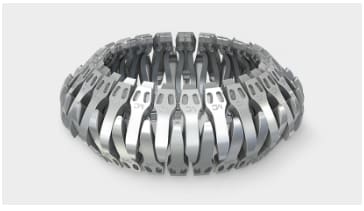RuwanR
Mechanical
- Apr 23, 2016
- 11
We are having a MBR treatment plant dedicated for a dairy industry.We are getting a 1500 ml SV 30 value and 6000 mg/l MLSS in aeration tanks. Our daily BOD load is 800 kg.I cant figure out any relationship between these two.




